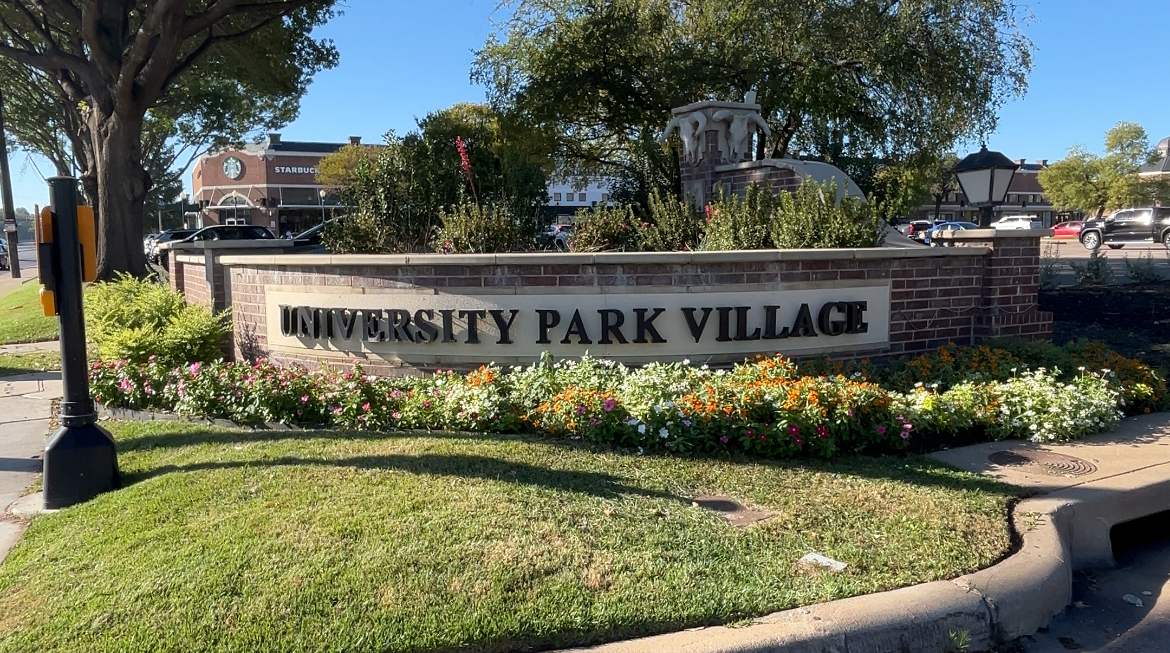Parents at the 109’s Tanglewood Elementary believe their school is one of the best – and now a statewide survey has confirmed it.
In a new ranking, Tanglewood was the only Fort Worth ISD elementary school to make the top 200 of the 3,410 Texas elementary schools studied.
Tanglewood, located at 3060 Overton Park Drive West, came in at No. 11 on the Children at Risk 2011 rankings of Texas elementary schools. It was the highest-ranked school in any Tarrant County district.
Alice Carlson Applied Learning Center came in at number 1,778 and Westcliff Elementary School was not ranked in the study.
According to the organization’s website, Children at Risk is Houston-based nonprofit organization that was designed to improve educational standards and general health for all children through research, education and driving change to public policy.
The organization began by ranking schools in Houston alone six years ago, but in 2009 expanded its rankings to all schools in the state.
The 2011 rankings are for the 2008-2009 school year. The organization ranked Texas public schools to determine their level of effectiveness in preparing children for a postsecondary career, according to Caroline Holcombe, research analyst for Children at Risk.
Holcombe said one of the goals for Children at Risk was for every student to be sent to a truly great public school, a school that will prepare them for post-secondary education.
The rankings are designed to give a better picture of how the students are really doing rather than focusing on a single test like TAKS.
The Texas Education Agency bases its rankings of unacceptable, acceptable, recognized and exemplary solely on the basis of the school’s scores on a single standardized test.
Clint Bond, spokesperson for Fort Worth ISD, called Tanglewood a treasure for both the community and the district.
Bond said that, though the district is always pleased when its schools are recognized by independent groups, the TEA rankings were still the most important for the district.
The organization used 14 different variables to evaluate high schools, 10 variables to evaluate middle schools and 14 variables for elementary schools. The variables for elementary schools included the percentage of students achieving the higher standard of “commended” on each of the TAKS subjects, attendance rates, class size and how many students per year were held back. The organization also included the TEA rankings.
The district is currently working to close what Bond called the achievement gap to get all of the schools to the acceptable level. He also mentioned that Fort Worth ISD has many schools that have reached TEA’s exemplary level of achievement, including Tanglewood.
But Bond did acknowledge that there’s something special happening over in the 109 that keeps former Tanglewood students coming back to raise their kids.
The parents at Tanglewood Elementary are some of the most involved in the district and the PTA raises about $100,000 annually, Bond said — proof that Tanglewood garners tremendous support from its neighbors.
The school is not located in an economically disadvantaged area, which certainly makes things easier, Holcombe said.
Holcombe said this is common of high-performing schools. They often have involved parents and great teachers with what she called a “missionary zeal.” She also said that many top-performing schools do so because they take the time and expend the extra effort to really take care of their students.
Holcombe said many top-performing schools in more economically disadvantaged areas than the neighborhood surrounding Tanglewood Elementary use a theme to engage kids and get them excited about learning.
She added that the early grades play an integral role in getting students on the right track when they’re still under 11.
Tanglewood enjoys a 97.4 percent attendance rate and a 61 percent commended rate on the TAKS, more than three times the state average of 19 percent.
Vic Eugenio, principal at Tanglewood, attributed his school’s success to many factors that add up perfectly to keep the school running smoothly as well as keep the students and parents happy.
“It just goes to show that we have a lot of things that are working together very well,” Eugenio said.
He said three factors influence the school’s high performance level — community support from the parents, a capable staff and hardworking students.
“It’s OK to continue to try to challenge them. It’s OK to assign homework,” Eugenio said.
He said nearly everyone at his school puts in that little bit of extra effort.
He said one of Tanglewood’s goals is to teach the kids not only how to do something, but also how to apply that situation to something larger or more important.
Eugenio said he is excited to see the recognition of the hard work done by both the students and the teachers.
Both Eugenio and Holcombe said goals and expectations are integral to maintaining a high-performing school.
Eugenio compared the work done by the students, teachers and parents at his school to that of putting together a puzzle, each piece plays a part and is important to the school’s success as a whole.
That idea was echoed by Holcombe. She said all of the top-performing schools have spent extra resources in the form of time, money or extra effort to help the school reach that level.
Top-performing schools create a culture and a climate that foster growth and push everyone to achieve at higher levels, Holcombe said.
“I think any parent would be happy to send their student to Tanglewood,” Holcombe said.



